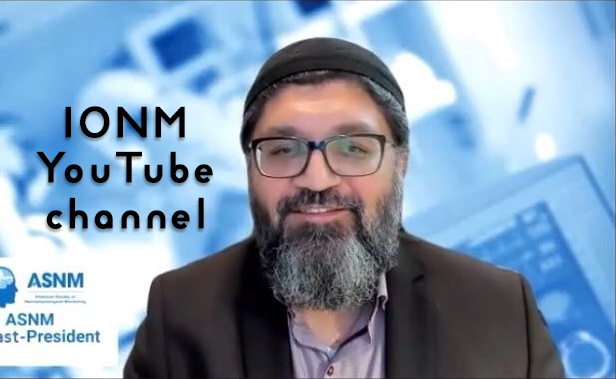Scoliosis and Intraoperative Neurophysiological Monitoring: Benefits of Using Multimodality IONM During Complex Spine Surgeries - Part 1.
DOI:
https://doi.org/10.5281/zenodo.10724091Keywords:
Scoliosis, SSEP, IONM, somatosensory evoked potentials,, MEP, EMG, spine surgeryAbstract
Scoliosis is a deformation of the spine. Although the human spine normally has a slight curvature, when this curvature exceeds 10 degrees out of its required measurements, a scoliosis diagnosis starts to become a plausible explanation for it. There are three main causes of scoliosis: idiopathic, neuromuscular, and congenital. The first one is idiopathic scoliosis, and there is no clear explanation for why a disease is happening and/or progressing. It is the most prevalent cause of scoliosis, representing 80 percent of registered cases. The second type is neuromuscular, a type of spinal deformation usually accompanied by other diseases directly affecting the musculature, such as muscular atrophy. The third and last type is congenital scoliosis, caused by embryological defects. This latter variation of scoliosis is encountered at birth; thus, it is diagnosed and detectable in children's early stages of development. Idiopathic and neuromuscular scoliosis develops and is diagnosed at later stages, specifically during adolescence and adulthood.
References
Jahangiri FR: Surgical Neurophysiology: A Reference Guide to Intraoperative Neurophysiological Monitoring (IONM). Second Edition. Jahangiri FR (ed): CreateSpace Independent Publishing Platform, Charleston, SC, USA; 2012.
Jahangiri, F. R., Jahangiri, R. H., Asad, H., Farooq, L., & Khattak, W. H. (2022). Scoliosis corrective surgery with continuous intraoperative neurophysiological monitoring (IONM). Cureus. https://doi.org/10.7759/cureus.29958
Jahangiri, Faisal R., Rafia H. Jahangiri, Hooria Asad, Laila Farooq & Wadana H. Khattak. “Scoliosis” Chapter. In Introduction to Neurophysiology, 141-154. Dubuque, IA: Kendall Hunt Publishing, 2023.
https://www.mayoclinic.org/diseases-conditions/scoliosis/symptoms-causes/syc-20350716
https://www.aans.org/Patients/Neurosurgical-Conditions-and-Treatments/Scoliosis
https://www.hopkinsmedicine.org/health/conditions-and-diseases/scoliosis
Downloads
Published
How to Cite
Issue
Section
License
Copyright (c) 2023 J of Neurophysiological Monitoring

This work is licensed under a Creative Commons Attribution 4.0 International License.





